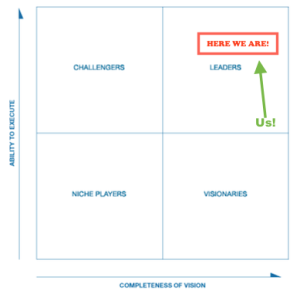Mobile networks limber up for the Internet of Things
Changes starting to take place behind the scenes in mobile networks may eventually pay dividends to anyone with a smartphone, a connected refrigerator or an IT department.Carriers have done things pretty much the same way for years, with cellular base stations at the edge of their networks feeding into a series of specialized appliances at central facilities. Now they’re virtualizing those networks in several ways, seeking the same rewards that enterprises have reaped by virtualizing data centers: efficiency and flexibility. The trend will be in full swing at Mobile World Congress in Barcelona next month.It’s good news for mobile users that they may not hear much about. A more efficient network leaves more free capacity for the video or application you want to run, and a more flexible carrier could quickly launch services in the future that you don’t even know you’ll need yet. The new architectures may even change how some businesses pay for mobile services.To read this article in full or to leave a comment, please click here


